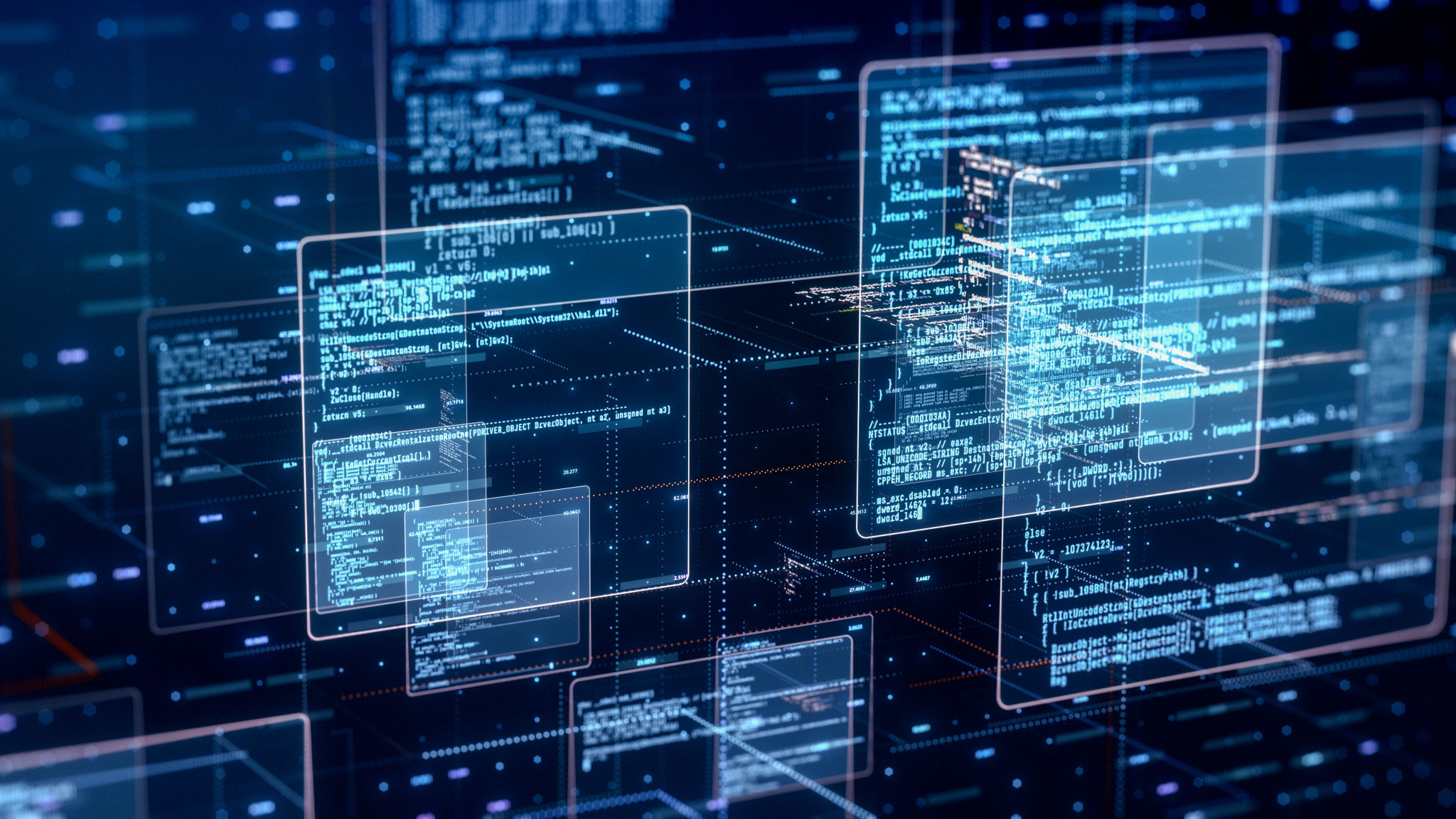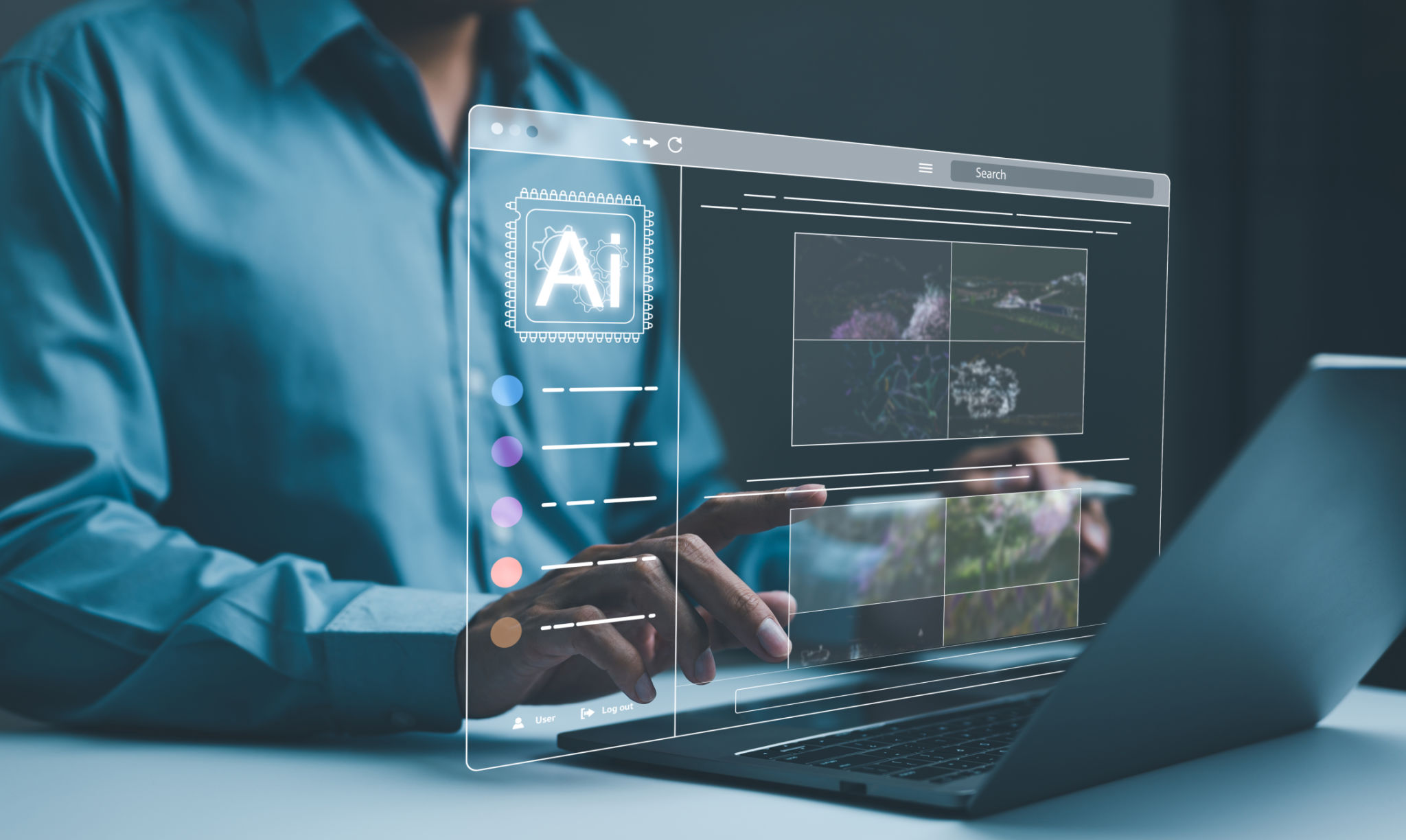The Role of AI in Modern Web Design: Trends and Innovations
The Intersection of AI and Web Design
In recent years, artificial intelligence (AI) has been making significant strides in transforming various industries, and web design is no exception. As designers seek to create more engaging and efficient digital experiences, AI tools and technologies are becoming indispensable. From automating routine tasks to crafting personalized user experiences, the role of AI in modern web design is both expansive and evolving.

Automating Design Processes
One of the most significant contributions of AI in web design is the automation of repetitive tasks. Designers can now rely on AI-powered tools to generate layouts, select color palettes, and even create logos. These tools not only save time but also allow designers to focus on more complex aspects of their projects. By leveraging machine learning algorithms, AI can analyze vast amounts of data to suggest design elements that align with current trends and user preferences.
Platforms like Wix and Squarespace have integrated AI features that assist users in building websites without any coding knowledge. These platforms utilize AI to recommend templates, adjust layouts, and even improve SEO performance, making web design more accessible to a broader audience.
Enhancing User Experience with Personalization
Personalization is a critical aspect of modern web design, and AI plays a crucial role in tailoring user experiences. By analyzing user behavior and preferences, AI can deliver content that resonates with individual users. This level of personalization not only enhances user engagement but also fosters customer loyalty.

AI-driven chatbots are another innovation that has reshaped user interaction on websites. These virtual assistants provide real-time support, answer queries, and guide users through their journey on the site. As natural language processing (NLP) technologies advance, chatbots are becoming more intuitive and capable of delivering human-like interactions.
AI-Driven Design Trends
The influence of AI in web design extends beyond automation and personalization. It has also introduced new design trends that are shaping the digital landscape. For instance, AI-powered analytics tools offer insights into user behavior that inform data-driven design decisions. This results in websites that are not only aesthetically pleasing but also highly functional.
Another trend is the use of generative design, where AI algorithms create multiple design variations based on predefined parameters. This approach offers designers a plethora of options to choose from, each optimized for different user needs and preferences.

The Future of AI in Web Design
As AI technologies continue to advance, their impact on web design will likely grow more profound. Future innovations might include AI systems capable of understanding complex emotional cues from users, allowing for even more nuanced personalization. Additionally, as AI becomes more integrated with augmented reality (AR) and virtual reality (VR), we can expect web experiences to become increasingly immersive and interactive.
The role of AI in modern web design is undeniably transformative. By embracing these technologies, designers can push the boundaries of creativity and functionality, crafting websites that cater to the evolving needs of users. The integration of AI not only streamlines the design process but also opens new avenues for innovation in the digital realm.